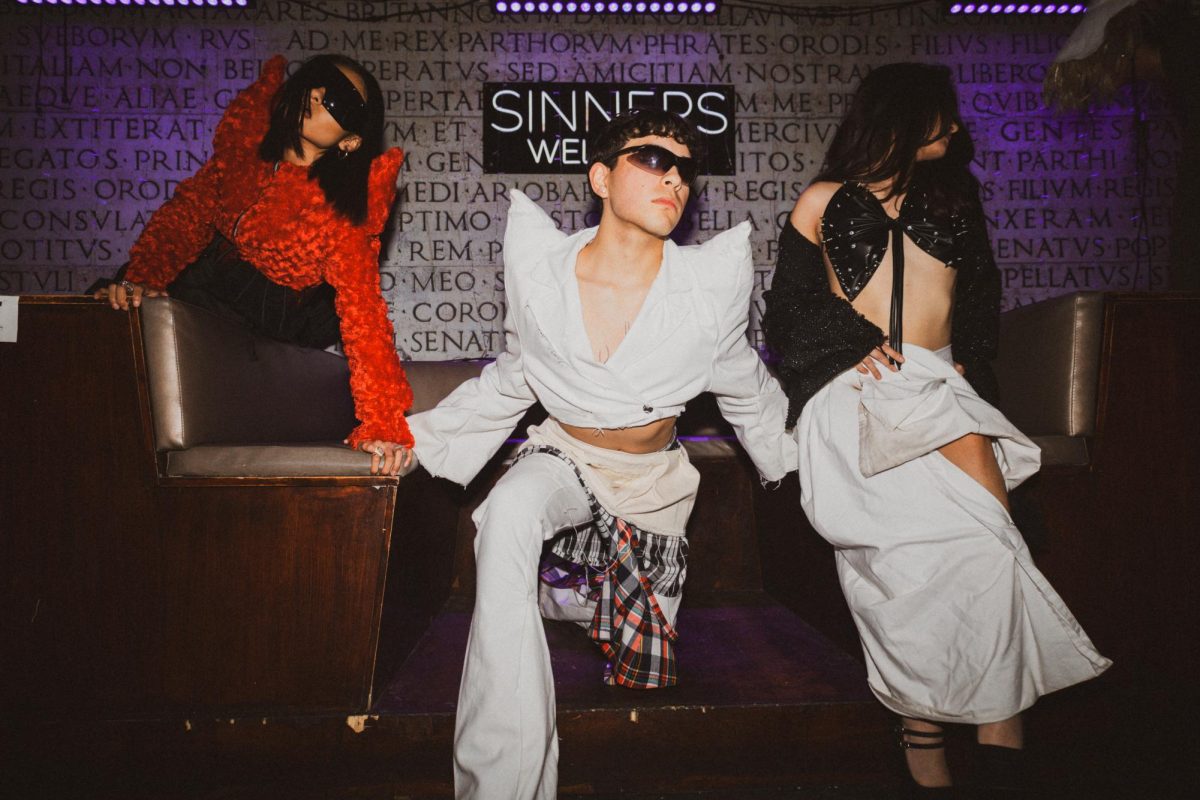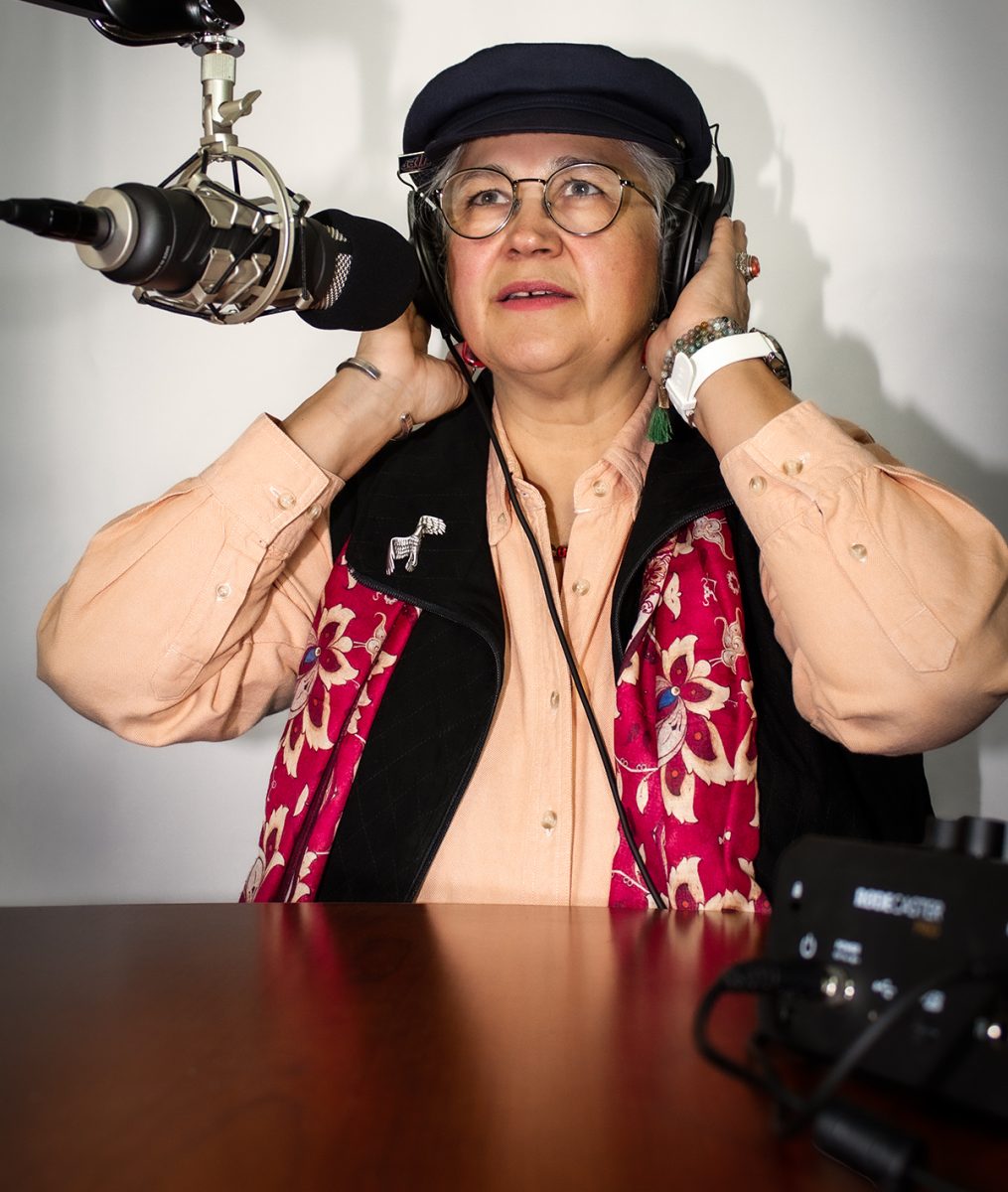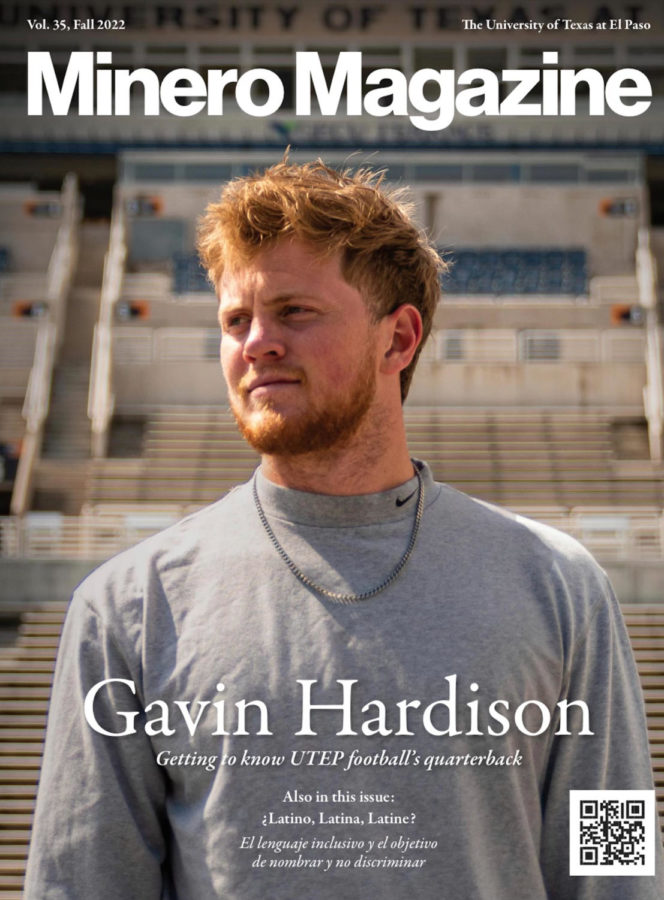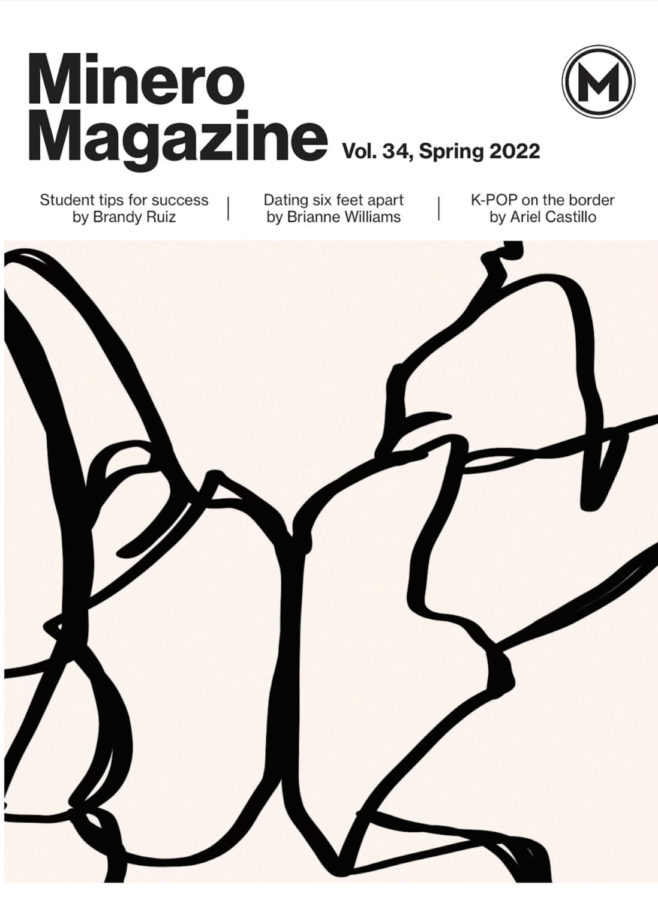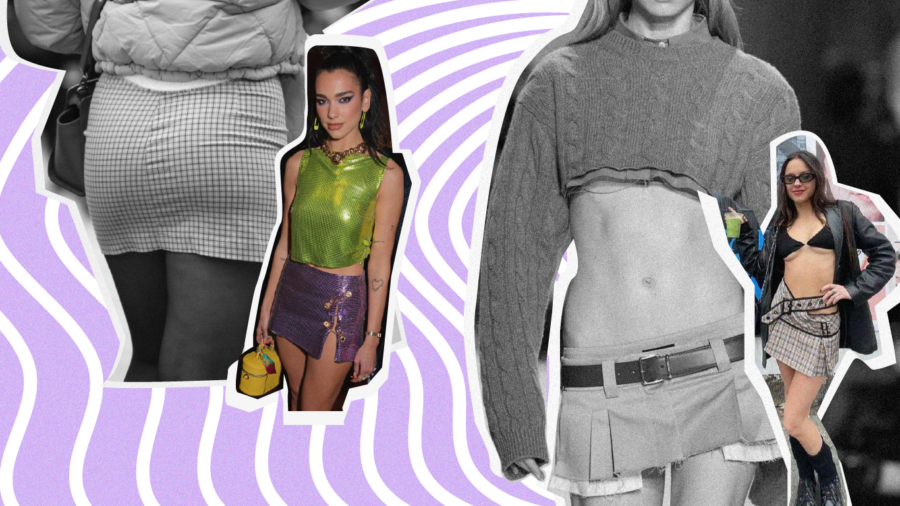Micro-Miniskirts are back! What does it say about our economy?
A further look into the Hemline Index theory
May 17, 2022
Skirt season is back and for the first time since the early 2000’s, the micromini skirts are back in the hot seat, making their re-debut during the fashion months earlier this year. Having brands such as Miu-Miu, Versace, and Off-White show off their own versions of the micromini in Fall Fashion Week 2022, making a big roar across fashion world. But does the rise of the latest hemlines reflect the incoming rise of the economy?
As an audience you may be thinking, what do micro-miniskirts have to do with the economy? According to the Hemline Index theory, it has everything to do with it. The theory states, the rise and fall of the hemline within the latest skirts may determine the outcome of the economy and the stock business. At first, the theory seems promising due to the historical background, the reality may say otherwise.
In an article published by CR Fashionbook in April of 2020, author Berhard Kux, researched the origin of the theory and its development. Within the article he stated the theory dated back to the mid-1920s, when an economist named George Taylor made a study where he made the connection between the rise of stocks and women’s hemlines. According to Kux, in Taylor’s study it was stated the skirts were shortened when the economy was at its prime, having most women flaunting their silk-stocking. After the stock market crashed during the Great Depression, so did the hemlines, due to most not being able to afford hosiery.
Another prime example of the theory was the rise of the miniskirt during the 1960’s, after the boom of the economy post-WWII. Having many other examples that can fulfill the theory, many also question the accuracy of the Hemline Index theory, and whether it upholds its argument today.
An article titled, “Debunking the Hemline Theory,” published by financial news site ‘Bloomberg,’ writer Irina Anghel takes a further look into the accuracy of the theory in the post-Pandemic age. Within her article, she mentions how the theory may have reflected the 20th century era, not the 21st. Anghel theorizes the rise of the mini skirt may not reflect the rise of the economy, but society’s need to dress up after experiencing long-term lockdowns during 2020. Bringing out her own evidence stating during her research, the google search for the word “mini skirt” from the years 2019 to 2021 reached a peak in the U.K. post-Pandemic. Anghel believes the theory has flipped, as society is leaning back into glamourous trends, but with the twist. It is about comfortability, rather than just glam, having skirts be longer or shorter, fancier or more casual, it all depends on the opinion of who’s wearing it.
After a long two years of living in the comfiness of sweats, the world is reemerging, and fashion has become crucial to the rise of our society. Whether that has to do with the economy and the recent rise of it, it all comes down to opinion.

